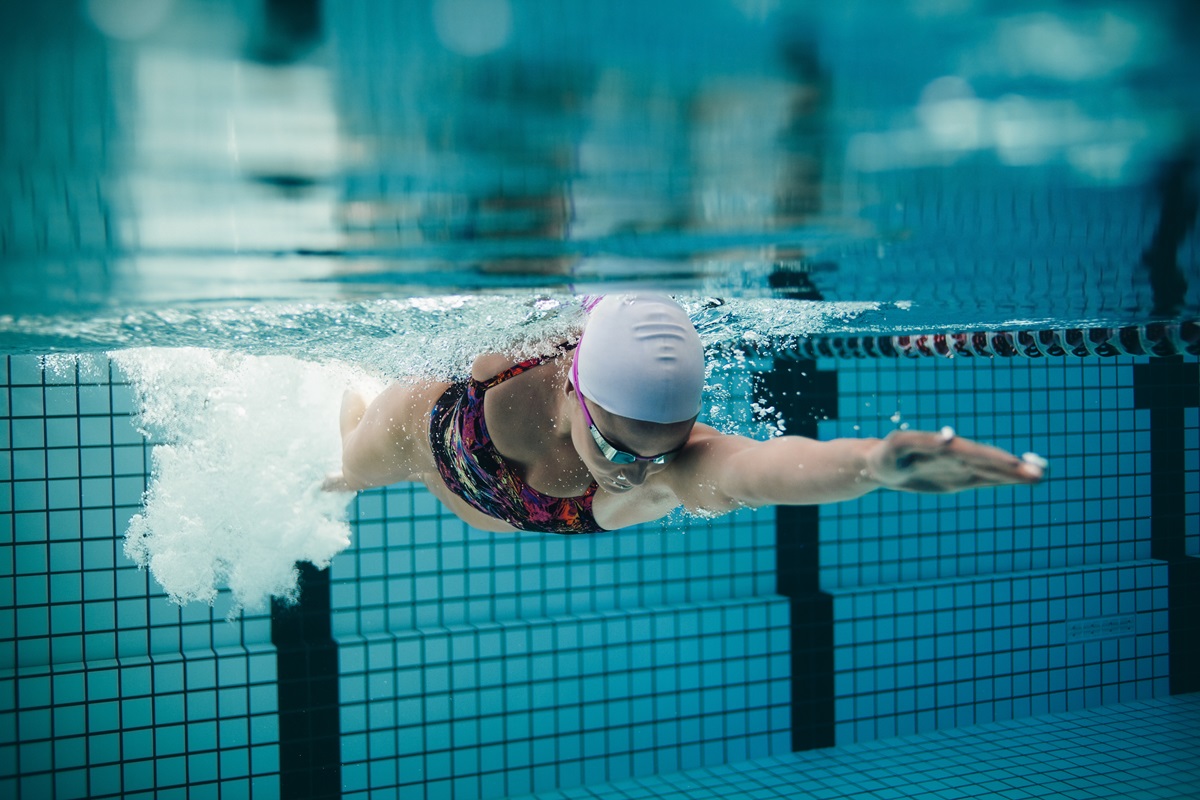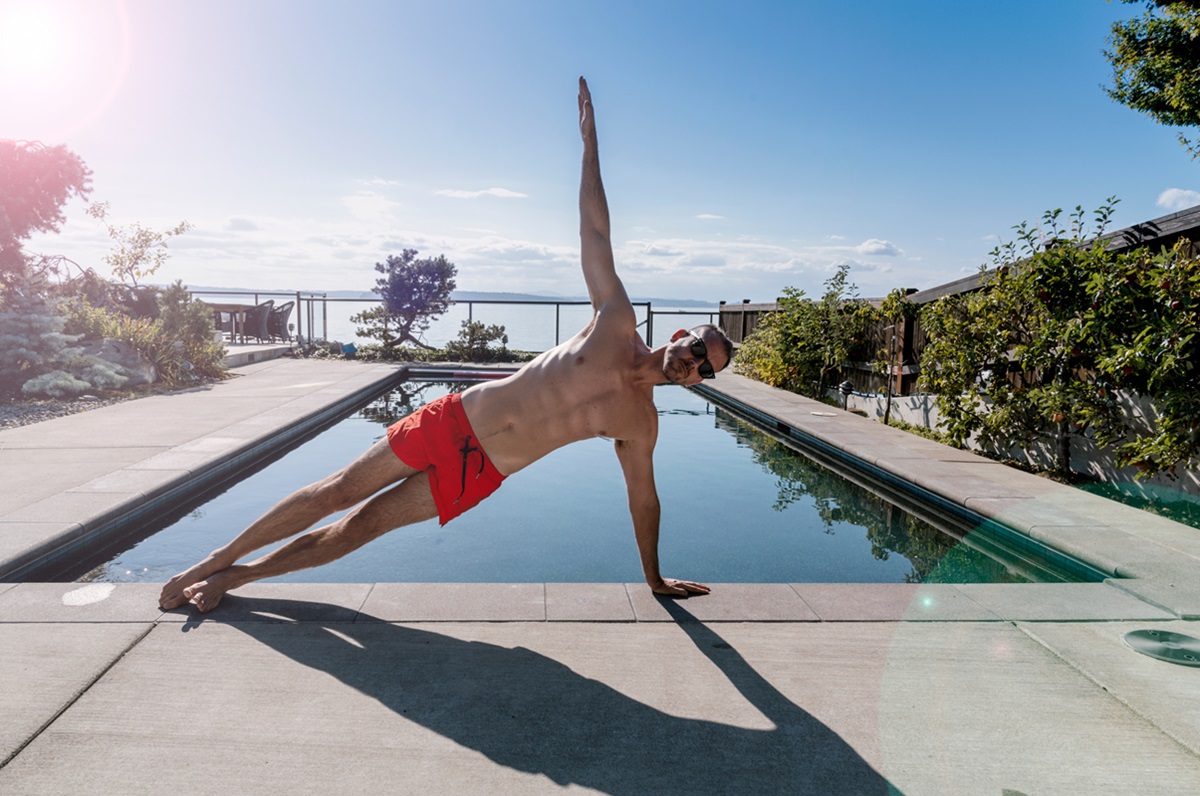Swimming is a splendid form of exercise, known for its ability to improve cardiovascular fitness without the harsh impact of activities like running or high-intensity team sports. However, as with any physical pursuit, there is an inherent risk of injury. In the serene world of the pool, swimming injuries can be a real dampener on both performance and general well-being.
The unseen risks of the water
When we gracefully slice through the tranquil waters of a pool, each stroke appears effortless, an almost meditative dance with the water. Yet beneath the surface, our bodies are engaged in a complex ballet of strength and endurance. With each lap, there’s a symphony of muscles and joints at work, often exerting themselves beyond what we may feel.
This is largely due to water’s buoyancy, which can be a treacherous ally. It supports us, making us feel lighter and less exerted, yet this very aspect may lead us to push harder and longer, neglecting the onset of fatigue. This can result in a swimming injury, which might surface abruptly or gradually over time, much like a rip current that appears without warning.

Common swimming injuries across disciplines
Swimming injuries play no favourites; they can afflict recreational paddlers and elite athletes alike and are as varied as the strokes performed in the pool. Let’s submerge into the depths of some common swimming injuries that cross all swimming disciplines:
Shoulder impingement:
Often termed ‘swimmer’s shoulder’, this is a prevalent swimming injury among those who regularly engage in freestyle, butterfly and backstroke. The repetitive overhead motion of these strokes can lead to inflammation and pain in the shoulder, where the tendons of the rotator cuff muscles become irritated and swollen. It’s a silent adversary that sneaks up, gradually taking hold until a full-blown swimming injury announces itself with every reach and pull through the water.
Breaststroker’s knee:
Here we have a swimming injury that’s somewhat exclusive to those who favour the frog-like kick of the breaststroke. The lateral movements and pressure applied during the whip kick can put undue stress on the inner knee ligaments, leading to what is often termed ‘breaststroker’s knee’. This swimming injury can manifest as a dull ache or a sharp twinge that side lines even the most disciplined swimmer.
Swimmer’s ear:
This affliction, while not a muscular or skeletal injury per se, is a bane for many in the pool. Officially known as otitis externa, swimmer’s ear occurs when water lingers in the ear canal, creating an environment ripe for infection. Though it might not be classified strictly as a swimming injury, anyone who has experienced the discomfort and inconvenience of swimmer’s ear can attest to its disruptive nature.
Neck and lower back strain:
While perhaps less immediately obvious than a shoulder or knee injury, strain in the neck or lower back is a critical concern for swimmers. Incorrect technique or overtraining in any stroke can lead to this type of swimming injury. Whether it’s the craning of the neck in freestyle or the hyperextension in backstroke, the wear on these regions can creep up silently, often going unnoticed in the buoyant embrace of the water until the discomfort can no longer be ignored.
Understanding these risks and the common swimming injuries that can occur is the first stroke towards prevention. Acknowledging the subtle signs your body gives and respecting its limits can be the difference between a fulfilling swim and a debilitating swimming injury. Let’s move forward with mindful swimming practices, shall we?
Techniques to keep the injuries at bay

Prevention is paramount when it comes to swimming injuries. Let’s dive into how we can keep ourselves safe in the water, ensuring that our time spent between the lanes is both enjoyable and free from the hindrance of injury.
Perfecting the technique
Swimming injuries can often be traced back to poor form. Here’s where personal anecdotes truly hit home. I recall a time when, as a competitive swimmer, the excitement of perfecting my butterfly stroke led to a niggling pain in my shoulders. This common swimming injury was a result of repetitive stress and poor technique. Thankfully, a coach intervened, refining my technique, which not only resolved the pain but significantly improved my performance.
The role of professional coaching
If you’re experiencing discomfort or want to ensure you’re swimming efficiently, seek advice from a qualified swimming instructor. They can provide tailored advice and technique corrections to help prevent swimming injuries. Remember, even small adjustments in your stroke can make a significant difference in reducing stress on your body.
Technique drills: A crucial tool
Drill-specific training sessions can be transformative. They not only improve technique but also prevent overuse of certain muscle groups, a common cause of swimming injury. For example, catch-up drills for freestyle can help in enhancing stroke length and preventing shoulder strain by ensuring one hand is always leading the stroke, giving the other arm time to recover.
Strengthening and conditioning

To guard against swimming injuries, one must engage in targeted strength and conditioning work.
Core stability for injury prevention
A strong core is the foundation of good swimming form. It helps maintain proper alignment in the water, reducing the risk of back and neck injuries — all too common in the swimming community. Incorporating exercises such as planks and pilates into your routine can greatly enhance your core stability.
Shoulder strengthening: A preventative measure
Given the high volume of shoulder rotations in swimming, it’s crucial to fortify the muscles surrounding the shoulder joint. Rotator cuff strengthening exercises, such as internal and external rotations with resistance bands, are essential for any swimmer looking to prevent a swimming injury.
Rest and recovery: The unsung heroes

In the battle against swimming injuries, rest and recovery are your allies. Without them, you’re swimming against the tide.
The importance of adequate rest
Ignoring the body’s need for rest can quickly lead to fatigue and increased risk of a swimming injury. Wise swimmers know that rest days are not lost training days but essential periods where the body repairs and strengthens itself.
Warm-up and cool-down: Your daily defence
The power of a good warm-up session to prepare your muscles for the strain of swimming cannot be overemphasized. Similarly, a proper cool-down helps to gradually lower the heart rate and aids in recovery, thus preventing swimming injuries associated with muscular stress.
A well-structured warm-up might include dynamic stretches and a gradual increase in swimming intensity, while a cool-down could involve slower swimming and static stretches. Both are invaluable in keeping the dreaded swimming injury at bay.
The call of the water to prevent swimming injuries
Swimming should be a joy and a rejuvenation, not a cause for pain. If you’re looking to perfect your stroke, prevent swimming injuries or seek rehabilitation from a swimming injury, remember that professional guidance can make a world of difference.
Your next stroke could be your best to prevent swimming injuries
Interested in swimming instruction or personal training? Don’t let the fear of swimming injuries hold you back. Contact us for expert guidance and take the plunge into safer, more efficient swimming practices today. Remember, with the right technique and training, the water can be your ally, not your adversary.
